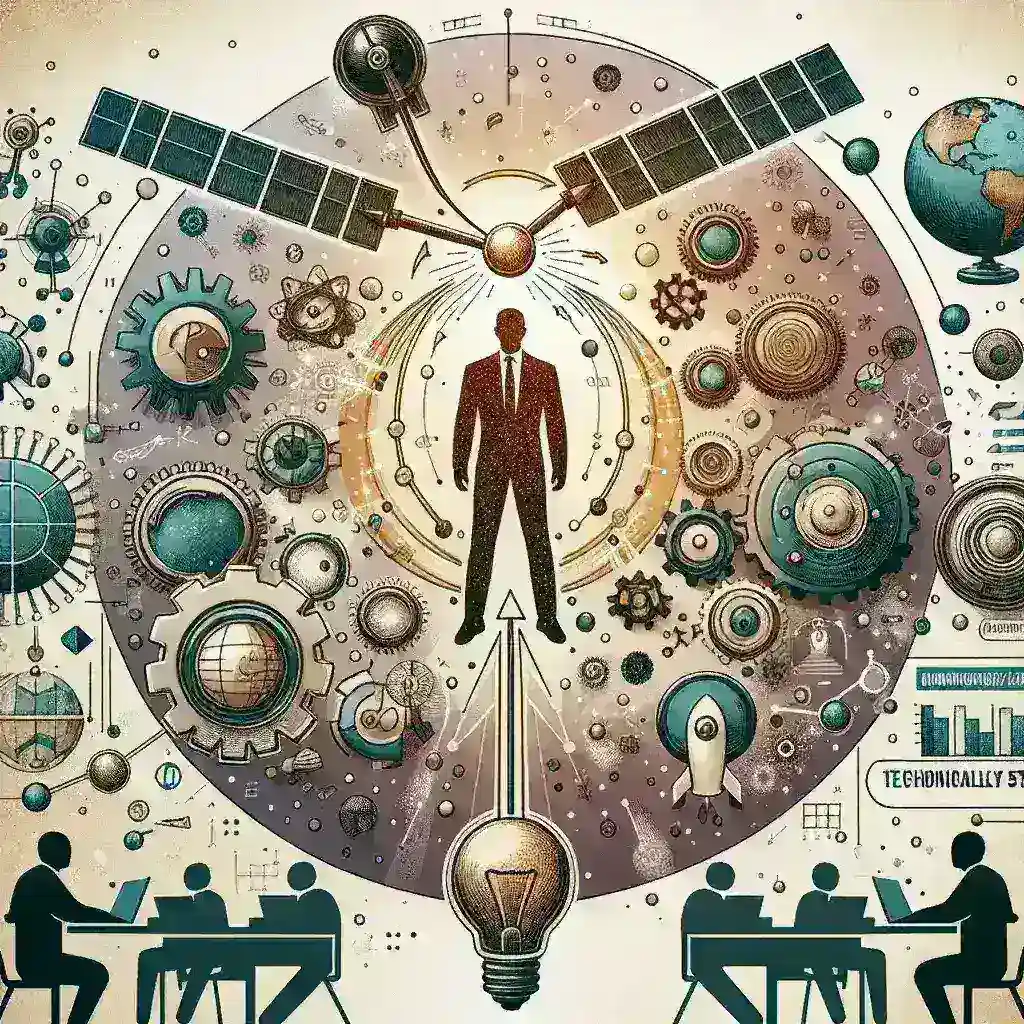Introduction
In an era where technology and media are rapidly converging, Larry Ellison’s latest move to acquire the media startup Free Press is generating significant buzz. This acquisition not only emphasizes Ellison’s commitment to diversifying his portfolio but also reflects a growing trend within the tech industry to leverage innovative talent strategies.
The Significance of the Acquisition
Ellison, co-founder of Oracle Corporation and a pivotal figure in the tech landscape, has long been known for his bold business maneuvers. The acquisition of Free Press signals a new chapter in his pursuit of integrating media with technology. This move allows Ellison to tap into Free Press’s unique capabilities in media advocacy and content creation, providing a platform for Oracle to engage with audiences in a more meaningful way.
The Historical Context
The media landscape has evolved dramatically over the past two decades. With the rise of digital media, traditional news outlets have struggled to maintain relevance. Free Press, founded in 2003, emerged as a champion for media reform, advocating for access and diversity in the media sphere. By acquiring Free Press, Ellison is not just buying a company; he is investing in a mission that aligns with contemporary cultural and technological values.
The Benefits of the Acquisition
- Expanded Reach: By incorporating Free Press into his broader strategy, Ellison can extend Oracle’s influence beyond traditional tech barriers.
- Innovation in Content Delivery: Free Press’s expertise in media can lead to groundbreaking approaches in how technology firms communicate with audiences.
- Social Responsibility: This acquisition positions Oracle as a leader in advocating for public interest media, enhancing its corporate image.
Understanding Tech-Style Talent Strategies
In addition to the acquisition, Ellison’s approach to talent management reflects a growing trend in the tech industry. Tech-style talent strategies prioritize agility, collaboration, and a diverse skill set, enabling organizations to adapt quickly to fast-changing environments.
Key Elements of Successful Talent Strategies
- Flexible Work Environments: Emphasizing remote and hybrid work models to attract top talent.
- Continuous Learning: Providing opportunities for professional development to keep skills fresh and relevant.
- Inclusive Culture: Fostering an environment where diverse perspectives are valued and heard.
The Future of Media and Technology
The convergence of media and technology is set to reshape industries. Ellison’s acquisition of Free Press may well be a catalyst for further innovation in how media is consumed and understood.
Predictions for the Industry
Experts predict that media companies will increasingly rely on technology to enhance user engagement. This includes leveraging artificial intelligence for content personalization and employing data analytics to understand audience behavior better.
The Role of Free Press in This Evolution
As Free Press integrates with Oracle, it can leverage Oracle’s technological resources to push boundaries in media advocacy. By utilizing advanced technologies, Free Press can enhance its outreach efforts, making its message resonate with a broader audience.
Pros and Cons of the Acquisition
As with any significant business move, there are both advantages and potential drawbacks to consider.
Pros
- Strategic Alignment: The acquisition aligns with broader trends in tech and media convergence.
- Access to Resources: Free Press can utilize Oracle’s resources for greater impact.
- Increased Visibility: Joining forces with a tech giant enhances Free Press’s visibility and influence.
Cons
- Concerns About Independence: There may be fears that Free Press could lose its independent voice.
- Integration Challenges: Merging two distinct organizational cultures can pose significant challenges.
- Market Competition: The acquisition could lead to increased scrutiny from competitors and regulators.
Conclusion
Ellison’s acquisition of Free Press highlights a transformative moment at the intersection of technology and media. By adopting innovative talent strategies and integrating media advocacy into his portfolio, Ellison is positioning Oracle for future success in a rapidly changing landscape. As these sectors continue to evolve, it will be fascinating to observe how this acquisition will influence the broader market and shape the future of media consumption.
In conclusion, Ellison’s move is not merely an acquisition; it represents a vision for a more integrated approach to technology and media that could redefine how audiences engage with content. As we look ahead, the implications of this acquisition could extend far beyond the immediate benefits, setting the stage for a new era in media-tech synergy.

